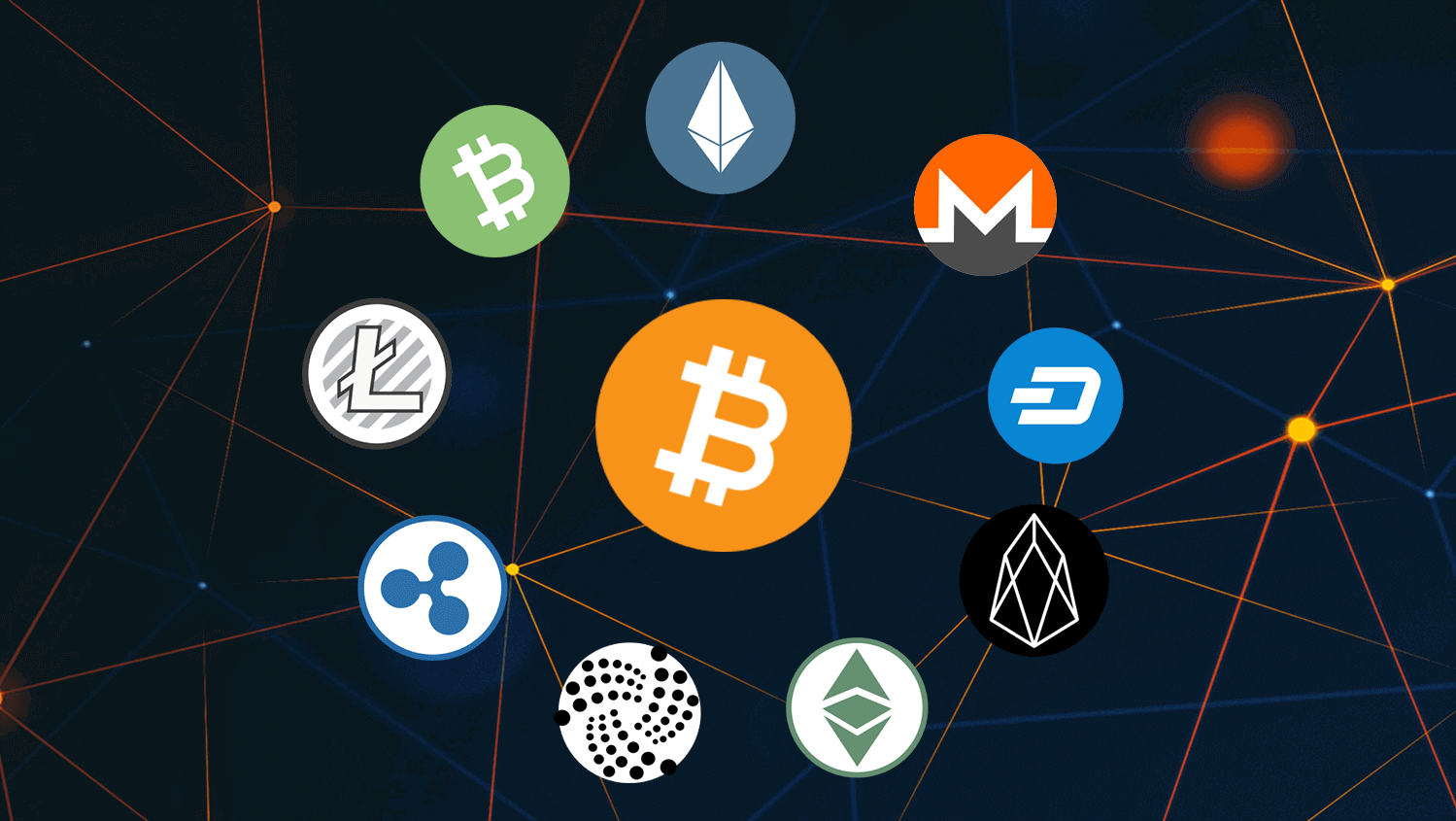SPONSOR: ThreeD Capital Inc. (IDK:CSE)
Led by legendary financier, Sheldon Inwentash, ThreeD is a
Canadian-based venture capital firm that only invests in best of breed
small-cap companies which are both defensible and mass scalable. More
than just lip service, Inwentash has financed many of Canada’s biggest
small-cap exits. Click Here For More Information.
London Startup Aurus Launches Gold-Backed Crypto Token, Possibly Opening The Gold Market To New Investors
- Stablecoins offer the potential for crypto to be used as day-to-day payments because their value is pegged to an underlying asset, where price stability is more consistent.Â
- Still, the middleman sitting in-between buyer and seller exists to exchange digital assets into traditional fiat currency
By: Robert Anzalone
The idea that crypto coins can be used for everyday goods and
services is not a reality, yet. Stablecoins offer the potential for
crypto to be used as day-to-day payments because their value is pegged
to an underlying asset, where price stability is more consistent. Still,
the middleman sitting in-between buyer and seller exists to exchange
digital assets into traditional fiat currency. Typically, stablecoins,
like Paxos or USDT, are used in the crypto market as hedging instruments
or as value stores. Payment pipelines for everyday purchases are
essential, and only when seamless integration is a reality can the
public reap the benefits of a more streamlined infrastructure, as some
blockchain purists promise. When we examine what is under the hood of
our payment systems, we can see where blockchain innovation could
transform older infrastructure into something better.
If we look at the evolution of stablecoins as an innovation in
payments, how they are regulated and hold value creates new risks for
investors. Stablecoins have been criticized over the past year as
potentially not being as price stable as believed. However, the market
for this type of security has grown significantly and is becoming more
crowded with new coins. Are stablecoins something worth integrating into
our economy? How does the crypto industry design a way where
decentralized technology creates an independent and non-controlled
currency that can be used for everyday transactions? Can the reality of
digital gold be achieved and utilized as a form of payment?
Aurus – newly launched – has created a form of tokenized gold, and
represents an actual ownership stake in physical gold. This adaptation
is an innovation from existing stablecoins that could decrease the
middleman footprint and could expand the traditional gold market.
I interviewed Guido Van Stijn, who is the CEO of Aurus. Aurus
is a software company that provides tokenization-as-a-service (TaaS)
that enables the gold market to autonomously tokenize their gold into
AurusGOLD (AWG). Mr. Van Stijn
explained that each AWG token is collateralized and redeemable for 1
gram of physical gold. As described to me, AWG will not be controlled by
a government and exists as an ERC-20 token. The claim being regardless
if Aurus survives as a company, the gold-backed token will survive on as
an asset, just as a gold bar would. This is a unique approach to
tokenization because each coin is traceable to a specific gold bar
registration. Unlike ownership in a gold exchange-traded fund, which is
an equity and does not represent physical gold ownership, AWG states
that it is actual gold ownership.
Using a tokenized asset like a gold-backed token could be a benefit
to the traditional gold buyer. The AWG tokens are sold at just a
fraction above the gold spot price. Mr. Van Stijn explained, “Our
processes are different than other gold-backed projects. All gold-backed
stablecoins currently on the market have a centralized minting process.
Meaning the company itself will, at some point, hold the gold. By
digitally replicating the traditional gold market, Aurus is the first
project to create a self-sustaining ecosystem made up of gold providers,
vaults, and distributors that work together to produce a
semi-decentralized gold-backed cryptocurrency.â€
To allow the self-sustaining ecosystem to exist, Aurus circulates a
second hybrid utility token, AurusCOIN (AWX). Mr. Mark Gesterkamp, the
Business Development Director for Aurus, said, “AWX is limited to a
total supply of 30,000,000 units, deriving transactional fees from the
usage of AWG. AWX offers investors the opportunity to buy into the
future growth of Aurus.†Mr. Van Stijn said, “As people around the world
trade AWG, 70% of all the generated transaction fees are proportionally
distributed across all AWX holders (paid in AWG). The remaining 30% of
the generated fees are allocated towards the ecosystems’ operational
costs as follows: 15% to gold providers, 15% to vault partners.†For the
first time, market participants can generate a passive income stream on
the bullion they sell.
Who wants gold when you can have Bitcoin?
There is nothing special about gold-backed stablecoins in crypto. But
Aurus has created something different that bridges the gap between
traditional gold trading and the crypto world. More importantly, access
to the gold market can be achieved without the need for gold
brokers. The claim made by Mr. Van Stijn is that his method lowers the
barriers of entry for public gold investment.
Tony Dobra, who sits on the Aurus advisory board, formally a general
manager of Baird & Co., believes that AWG is unique. Mr. Dobra said,
“While it is not the only gold on the blockchain, it is the most truly
gold-based trade available in crypto. Via the AWG cryptocurrency,
producers, refiners, and traders can tokenize their gold in multiple
locations of their choice and trade the underlying gold on several
platforms and exchanges. Because there are multiple locations,
providers, and traders, the best price can be obtained. You are not
limited to just one location or one price provider.â€
Aurus expects and is working to achieve a state where AWG will create
more liquidity in the gold market. More importantly, the team at Aurus
explained their main goal is for AWG to be used for everyday
transactions, i.e., have AWG be used like cash for everyday
purchases. While there is a long way to go before this is a reality, the
Aurus project seems to be a shift in the direction of asset-backed
digital currency. If this works, commodity and precious metal trading
could be influenced to follow suit. As for use in payments, stablecoins
like AWG, still require an exchange mechanism at the point of sale. Time
will tell if this style will become publicly adopted.
Source:
https://www.forbes.com/sites/robertanzalone/2019/12/09/london-start-up-aurus-launches-gold-backed-crypto-token-possibly-opening-the-gold-market-to-new-investors/#1049f0027a98








